|
In general, backgrounds are best scanned
at 100%. You'll also want to save them at the same frequency as the intended
output. I typically scan at 300 spi, but this level of resolution usually
results in a file of at least 20 MB for an 8-1/2 x 11-in. scan! For less
detailed imagery, you may be able to make do with a lower resolution, but
for highly detailed material, nothing less will do.. The key to successful
scans is keeping your scanner clean. You don't want Kiwi fruit juice getting
into your scanner's electronic mechanisms! After scanning the great outdoors,
take the time to clean your equipment |



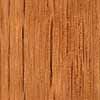
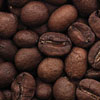
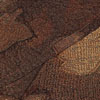
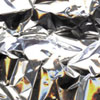
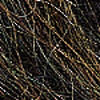

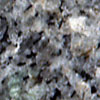
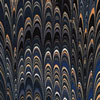
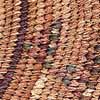
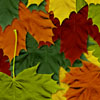

![]()
![]()
![]()
